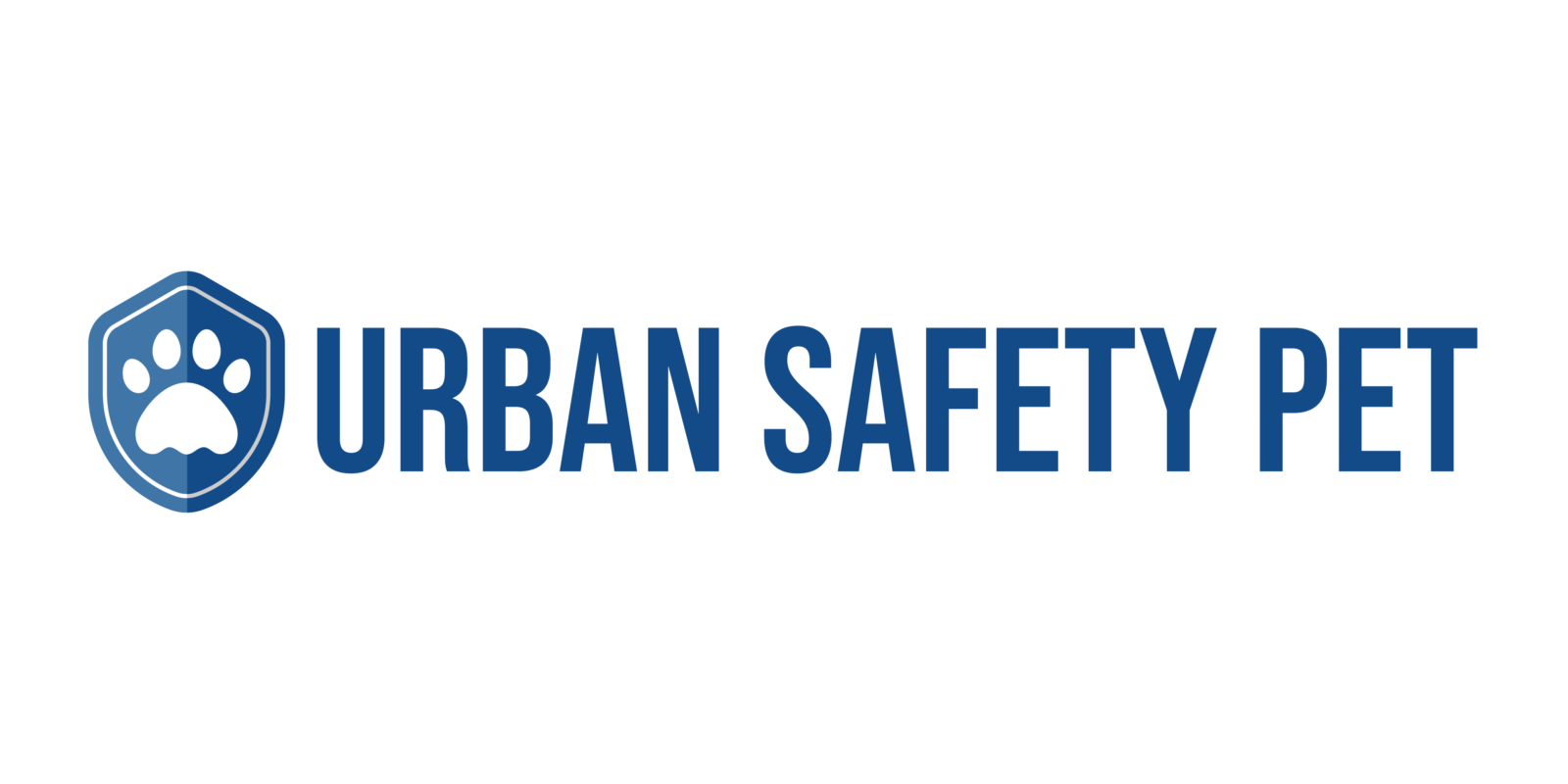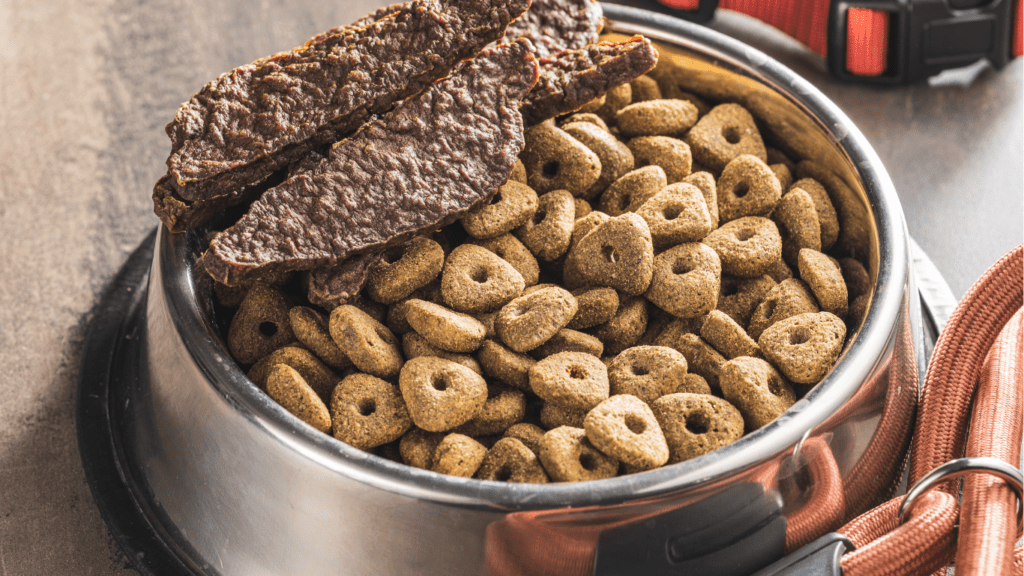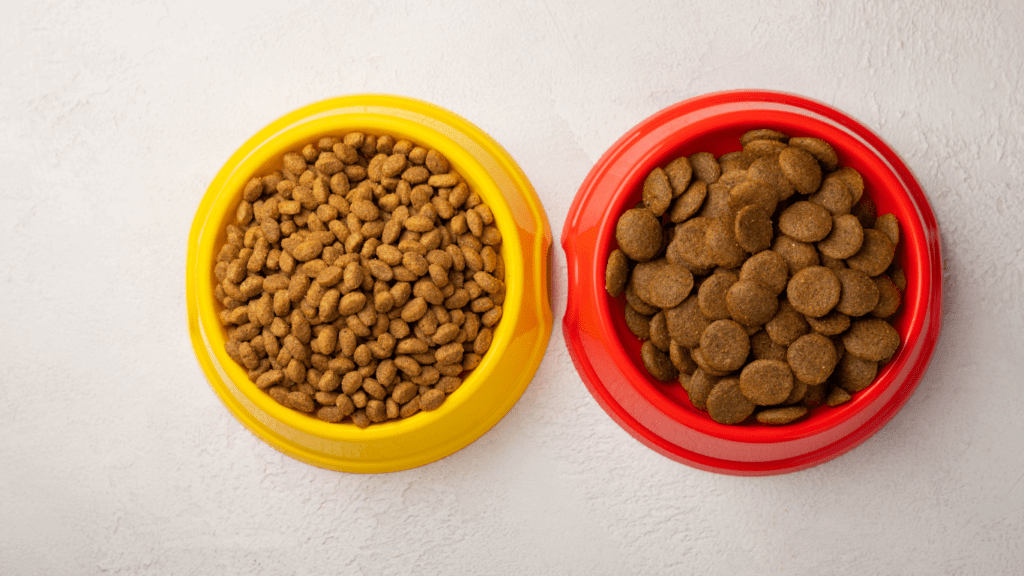The Importance of Choosing Safe Pet Food
High-quality pet food promotes overall health. Low-quality food, however, often contains harmful ingredients. These can lead to health problems like allergies and digestive issues.
Certain ingredients cause immediate harm, while others build up and create long-term effects. High sodium levels, for example, can stress a pet’s kidneys over time. Artificial preservatives, such as BHA and BHT, link to cancer in animals.
Avoiding harmful ingredients means scrutinizing labels. Check for specific words tied to quality, like “organic” or “human-grade.” AAFCO (Association of American Feed Control Officials) standards offer a reliable benchmark.
Pet food recalls also highlight the dangers of certain ingredients. Contaminants, like melamine and salmonella, often trigger these recalls. Staying informed helps mitigate these risks.
Choosing safe pet food ensures pets live healthier, longer lives. It’s crucial to know what goes into their food to keep them safe.
Harmful Additives to Avoid
Certain additives in pet food can pose serious health risks. Avoiding these additives helps ensure pets consume a diet that’s nutritious and safe.
Artificial Preservatives
Artificial preservatives like BHA, BHT, and ethoxyquin extend shelf life but can harm pets. Studies link BHA, and BHT to cancer and ethoxyquin to liver and kidney damage. When examining pet food labels, avoid these preservatives, opting for natural alternatives like vitamin E (tocopherols) and vitamin C (ascorbic acid).
Artificial Colors and Flavors
Artificial colors and flavors make pet food more appealing but have no nutritional value. Dyes like Blue 2, Red 40, and Yellow 5 can cause allergic reactions and behavioral issues. Likewise, artificial flavors mask poor-quality ingredients. Look for labels mentioning natural flavors and colors derived from whole food sources to ensure high-quality nutrition.
Unwanted Filler Ingredients
Certain pet food ingredients, often used as fillers, offer little to no nutritional benefit and can harm pets’ health. I’ll outline two common filler ingredients that pet owners should avoid.
Corn and Wheat
Corn and wheat frequently appear in pet food as inexpensive fillers. These grains can cause allergic reactions in some pets, leading to symptoms like:
- itching
- ear infections
- digestive upset
In addition, corn and wheat often have low bioavailability, meaning pets absorb fewer nutrients. According to the Pet Food Institute, high-carb fillers like these can contribute to obesity and related health issues in pets.
Soy Products
- Soy products, including soy protein and soybean meal, are common in pet foods due to their protein content.
- Soy can disrupt hormone levels because it contains phytoestrogens, which mimic estrogen in the body.
- Pets consuming soy may experience thyroid dysfunction and other hormonal imbalances.
- According to the American Kennel Club, soy can be difficult for some pets to digest, leading to gastrointestinal issues such as gas and diarrhea.
- Choosing pet food without these unwanted filler ingredients helps ensure pets receive a balanced diet that supports their overall well-being.
Potentially Dangerous Animal By-Products
It’s crucial to recognize certain animal by-products used in pet food that can be harmful to pets’ health. By understanding these ingredients, pet owners can make informed decisions.
Meat Meal
Meat meal consists of leftovers from animal carcasses. It often includes bones, offal, and other parts that aren’t fit for human consumption. While some meat meals can provide protein, their quality varies. Low-quality meat meals can contain contaminants like hormones or antibiotics. They may also have indigestible parts, reducing nutrient absorption. Always check for named meat meals (e.g., “chicken meal”) to ensure a higher-quality product.
Animal Digest
Animal digest is a concentrated flavor enhancer made from hydrolyzed animal tissues. Manufacturers often use it to make pet food more palatable. However, the quality of animal digest can be inconsistent. It can contain low-quality meats, including diseased or dying animals. Furthermore, the process may involve chemicals, posing additional health risks. Opting for foods without animal digest helps avoid these potential dangers.
Controversial Chemical Ingredients
Certain chemical ingredients in pet food spark controversy due to their potential health risks. Understanding which chemicals to avoid helps ensure your pet’s well-being.
BHA and BHT
BHA (Butylated Hydroxyanisole) and BHT (Butylated Hydroxytoluene) are commonly used as preservatives. These chemicals are added to extend shelf life, but they can pose significant health risks. Studies indicate BHA is a possible human carcinogen, raising concerns about its long-term intake. BHT, while less studied, has been linked to hyperactivity and other behavioral issues in pets. Avoiding foods with BHA and BHT can reduce these risks and promote healthier diets for pets.
Ethoxyquin
Ethoxyquin, another chemical preservative, is frequently found in fish meal and some pet foods. Although it prevents fat spoilage, ethoxyquin’s safety is questionable.
The FDA allows limited use in pet food, yet reports associate it with liver and kidney damage as well as allergic reactions. Selecting foods without ethoxyquin is crucial to protecting your pet from these potential hazards. Instead, look for natural preservatives like vitamin E (mixed tocopherols) or vitamin C (ascorbic acid) which are safer alternatives for maintaining freshness.
Understanding Pet Food Labels

Pet food labels offer essential information for identifying safe and nutritious options. Examining these labels helps in making informed decisions. The first step involves understanding the ingredient list. Ingredients on pet food labels are listed in descending order by weight. The first few ingredients are crucial as they form the primary components of the food.
Recognizing Quality Ingredients
Quality ingredients significantly impact pet health. Look for named animal proteins like chicken, beef, or salmon as the first ingredient. Avoid generic terms like “meat” or “meat meal.” Whole grains such as brown rice or oats offer better nutrition compared to fillers like corn or soy.
Identifying Harmful Additives
Preservatives, artificial colors, and added flavors should raise red flags. Be cautious of chemicals like BHA, BHT, and Ethoxyquin, known carcinogens with potential health risks. Natural preservatives like vitamin E (mixed tocopherols) or vitamin C (ascorbic acid) are safer alternatives.
Checking Nutritional Adequacy
Ensure the pet food meets the nutritional standards set by the Association of American Feed Control Officials (AAFCO). Look for statements indicating that the food is “complete and balanced” for your pet’s specific life stage, whether it’s growth, maintenance, or reproduction.
Understanding Guaranteed Analysis
The guaranteed analysis provides information on the minimum and maximum levels of nutrients. Essential components include protein, fat, fiber, and moisture content. For instance, higher protein levels benefit active dogs, while senior pets may require lower fat content.
Examining Manufacturer Information
Trustworthy manufacturers offer transparency. Contact information on the label enables you to inquire about sourcing and manufacturing practices. Research the brand’s reputation and recall history to ensure reliability.
Effectively reading pet food labels can lead to choosing products that ensure your pet’s long-term health and well-being.




